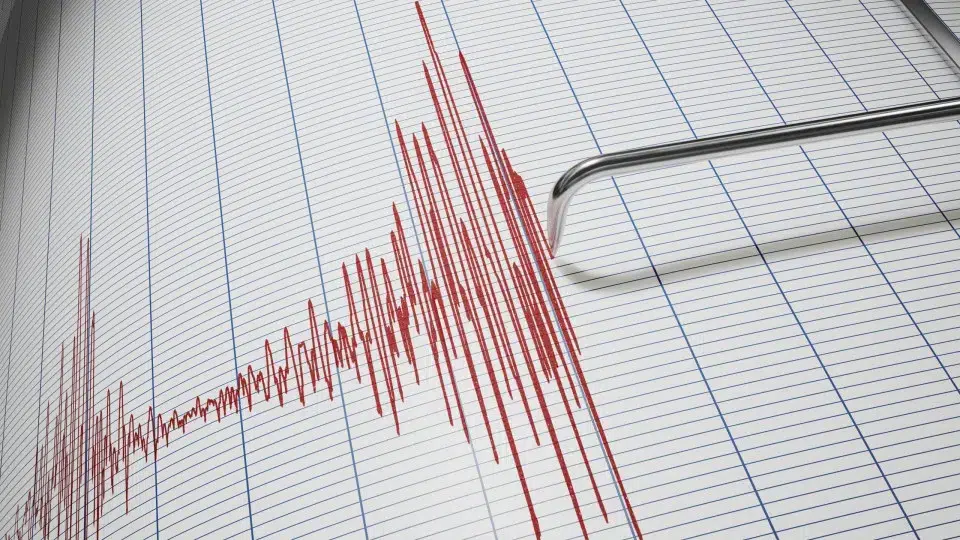
A visit to the Portuguese Institute for Sea and Atmosphere (IPMA), where the tsunami alert center operates, was organized on the eve of the 270th anniversary of the 1755 Lisbon earthquake and tsunami.
Fernando Carrilho, head of IPMA’s Geophysics Division, simulated an earthquake of similar magnitude to that of 1755, explaining the current monitoring process and steps that would be taken today.
Before issuing an alert to Civil Protection—responsible for disseminating warnings to national authorities to alert the public through messages and sirens—after the immediate identification of the earthquake’s location, the center’s technicians would attempt to calculate its magnitude and tsunami-generating potential, as well as identify high-risk coastal areas and the expected time of the first wave’s arrival.
In this simulation, the first tsunami wave took 50 minutes to reach the coast, hitting Sagres on Portugal’s mainland and Porto Santo in Madeira. A second alert is required upon coastal arrival.
Once the system observes the tsunami and measures the waves, the information is shared, and attention remains high for 24 hours following the event’s decline.
Portugal’s Tsunami Warning Center has been operational since 2017 and was recognized by the Intergovernmental Oceanographic Commission (IOC) of the United Nations Educational, Scientific and Cultural Organization (UNESCO) in 2019.
The Portuguese system in the Northeast Atlantic, Mediterranean, and Connected Seas (NEAM) must also issue tsunami messages near the country’s coast and alert countries like Spain, Morocco, France, the United Kingdom, Germany, Greece, Italy, and Turkey.
Typically staffed by two people per shift, the tsunami early warning center operates 24 hours a day year-round, as earthquakes cannot be predicted, only quickly reported, indicates Telmo de Carvalho, a member of the IPMA’s Directive Council.
It has a network to monitor seismic activity and sea behavior, with seismic stations on land and tide gauges along the coast, linked through the IOC to the international warning network.




